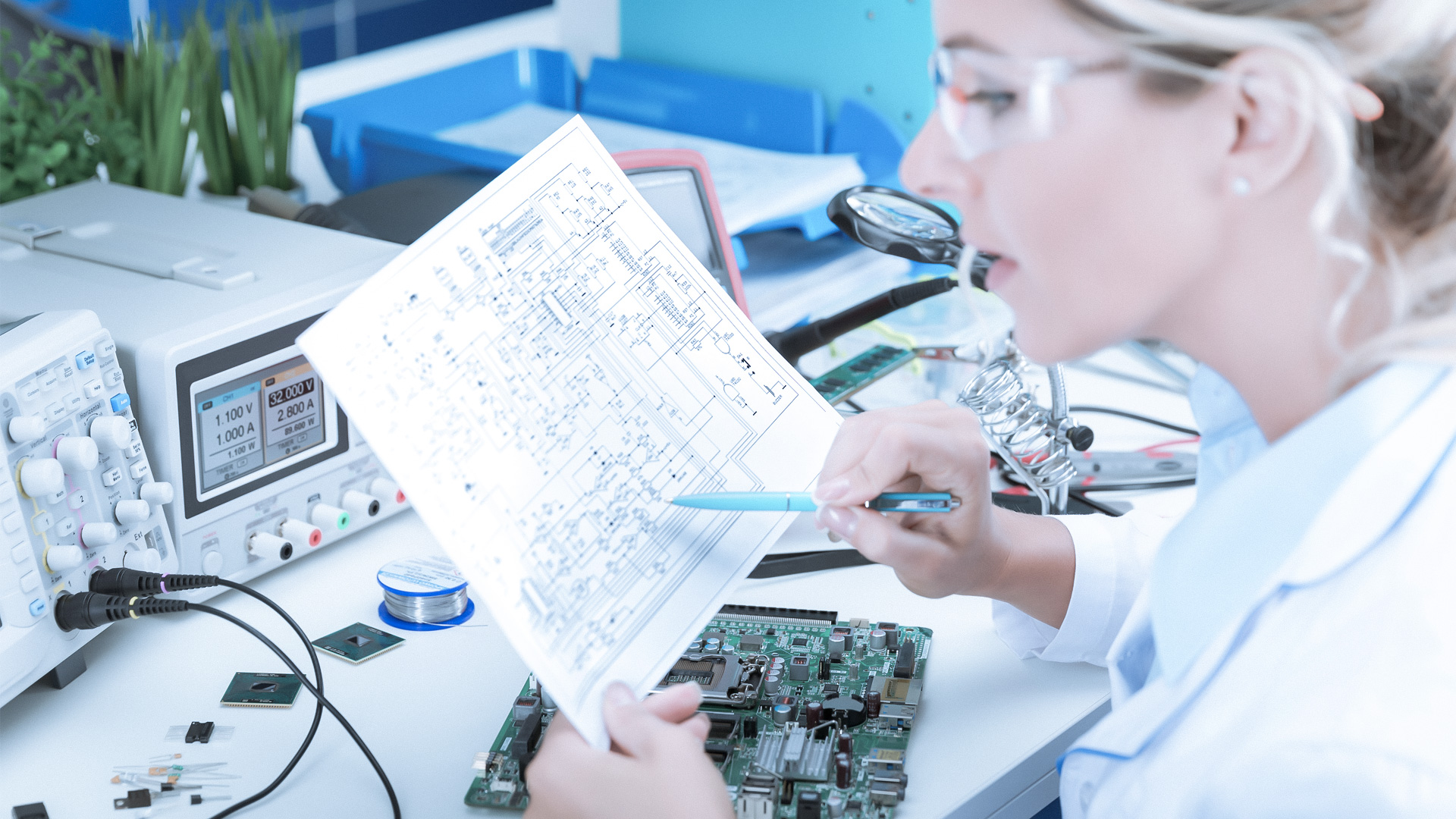 Circuit boards are the driving force behind so many of the electronics we use each day, from computers to kitchen appliances to alarm clocks. If you were to disassemble one of those devices, you’d find a flat board studded with various objects, a network of wires, and assorted numbers and letters. What is all that stuff, and what does it do?
Circuit boards are the driving force behind so many of the electronics we use each day, from computers to kitchen appliances to alarm clocks. If you were to disassemble one of those devices, you’d find a flat board studded with various objects, a network of wires, and assorted numbers and letters. What is all that stuff, and what does it do?
The Basics
The board itself may be made of fiberglass or plastic and covered with copper wire to conduct electricity through the various components placed atop it. All the items will be placed, often by a pick and place machine, according to a complex schematic that fits everything together precisely and tidily. The result may look like a work of art, with various shapes and colors forming a electrical mosaic.
The Components
The items studding the board are all about controlling the flow of electrical current through the wires. You may notice tiny tube-shaped items called resistors, color-coded based on their capacity; two-pronged capacitators, which store a charge; LEDs that light of as the current moves through; box-shaped relays that open some circuits and close others; coiled-wire inductors; and integrated circuits on chips. Other common items in the maze include a battery, switches, and diodes.
Integrated Circuits
Also sprinkled about a circuit board will be integrated circuits on chips, which are similar to tiny little circuit boards all by themselves, with even tinier chips on them. Those teensy components would get lost on the larger circuit board, so they’re gathered together in these mini versions which can provide memory, timing, or further current wrangling.
Those puzzles of wire and plastic and metal work efficiently and effectively within our devices, running them through their many complex operations. As they advance, you’ll find more and more powerful in smaller and more compact packages—and look cool doing it.
